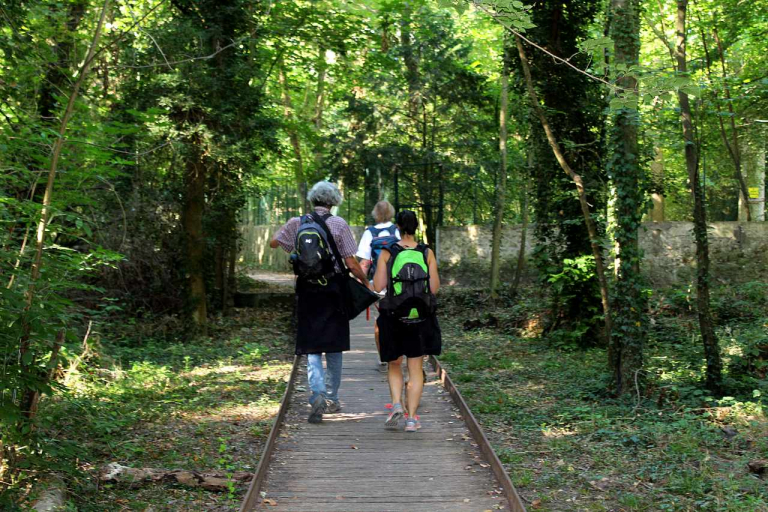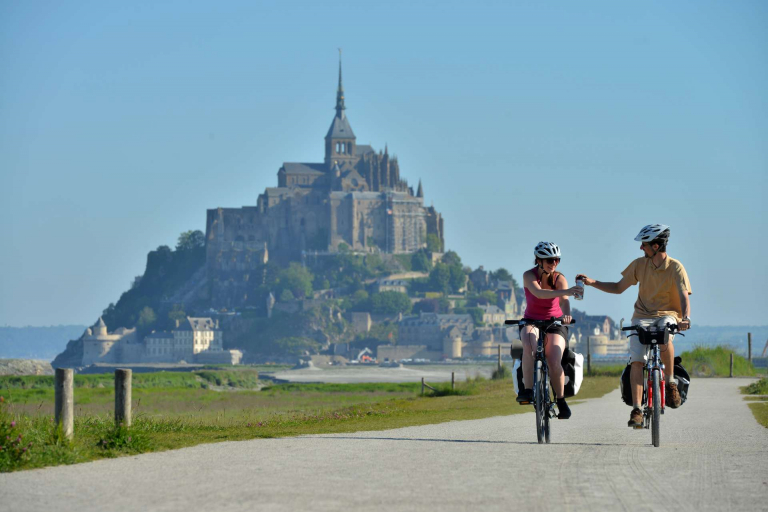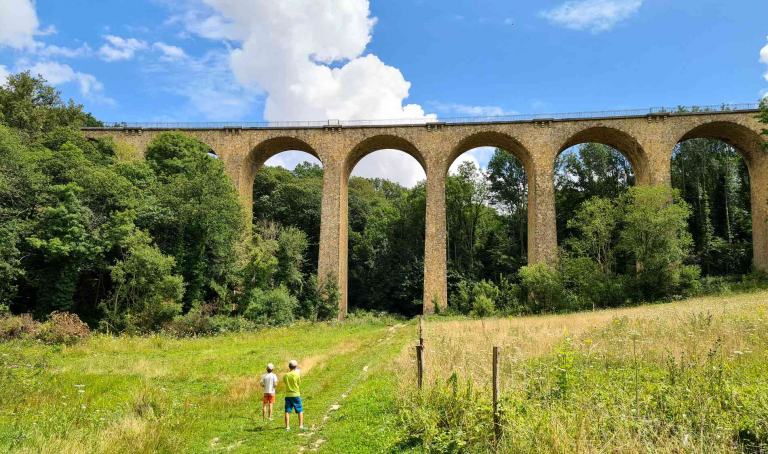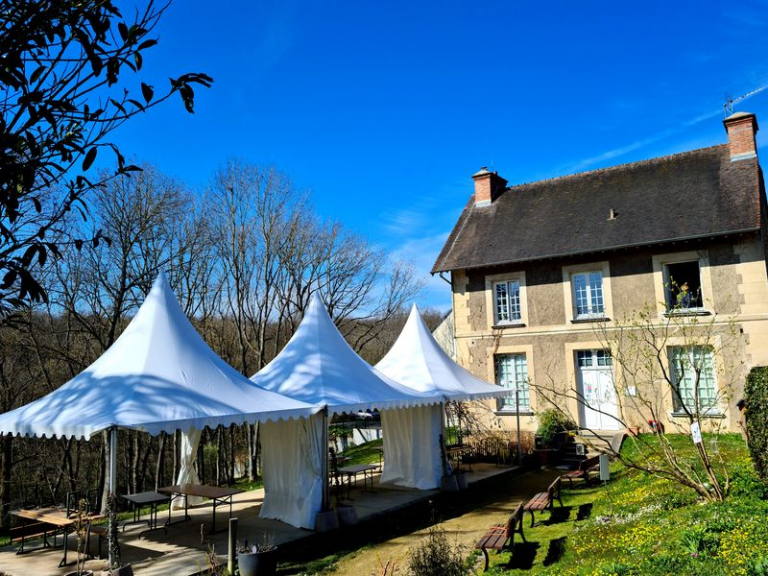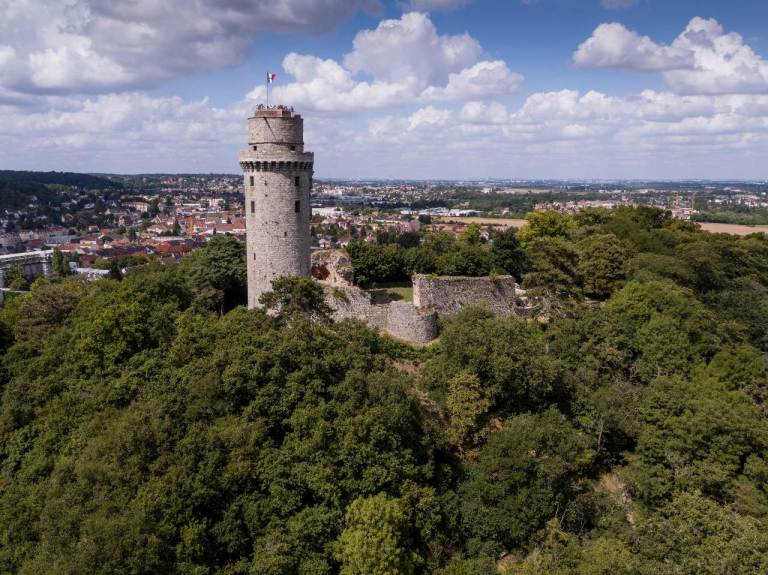
Ponds and channels of the Saclay plateau
The ponds and channels of the Saclay plateau constitute a hydraulic system which is unique in the world. They supplied water to the fountains of the Château de Versailles. Today, the ditches are a favourite place for walkers and cyclists. While the ponds of Saclay form an extraordinary ornithological nature reserve.
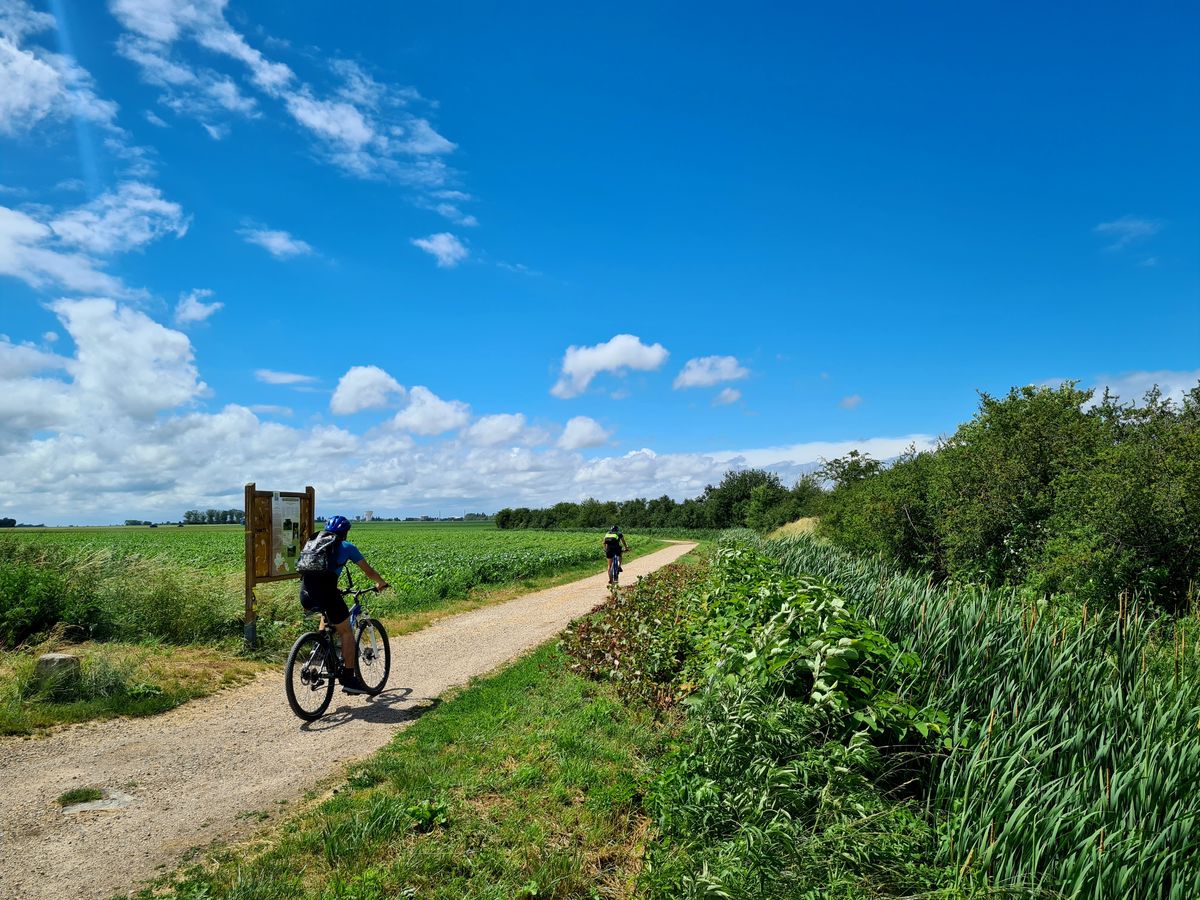
The channels of the Saclay plateau
Walking along the paths along the channels is a real pleasure! They extend over a network of more than 62 km, most of which are accessible on foot or by bike (VTC, VTT).
You'll have the pleasure of seeing the channels, milestones engraved with fleurs-de-lis or royal crowns. They recall the origin of their creation.
The channels are manmade waterways. There are six of them on the plateau: Favreuse, Les Granges, Corbeville, Chateaufort, Saint-Aubin and Guyancourt.
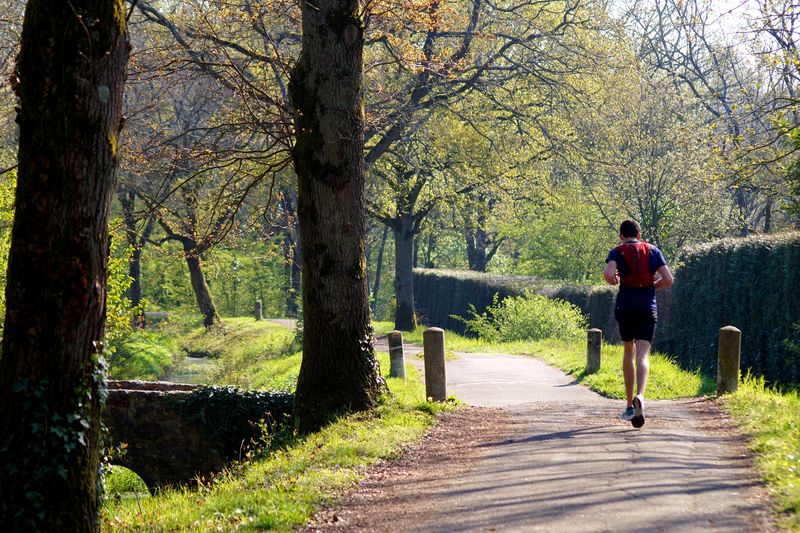
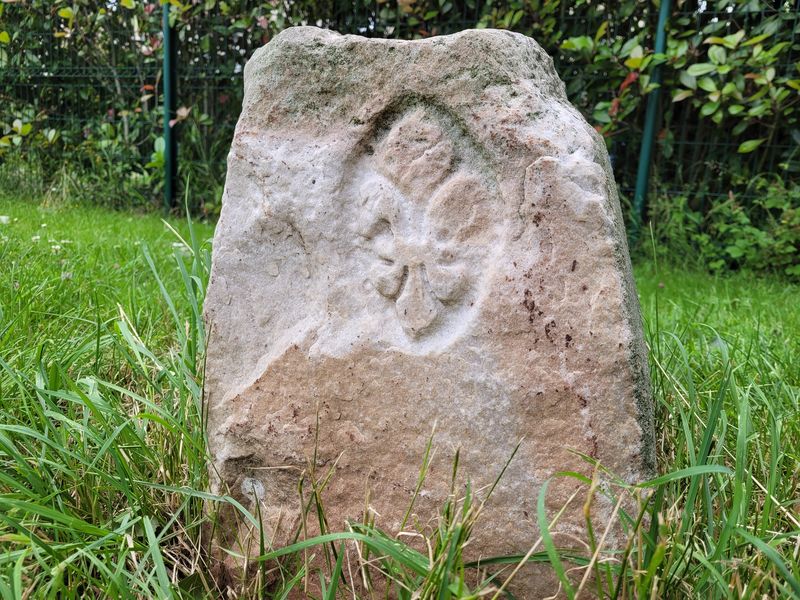
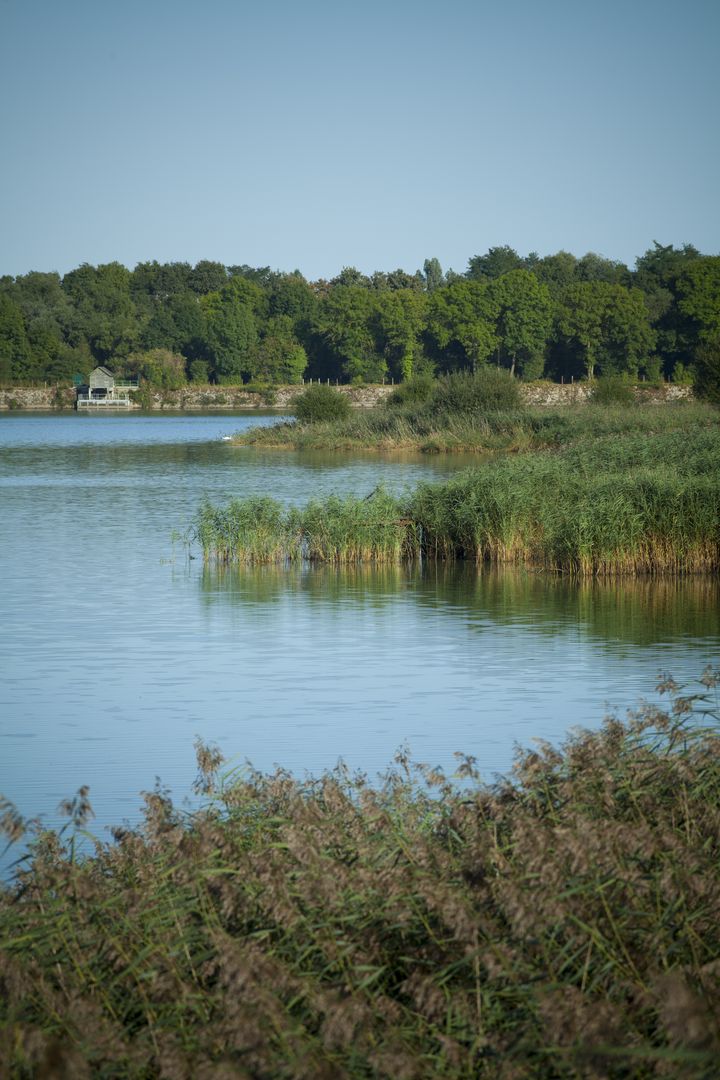
The ponds of Saclay
The Etang Neuf and the Etang Vieux de Saclay are part of this hydraulic system, as are 5 other ponds.
The Etang Vieux is a nature reserve. With 255 species of birds, it's a good place to see rare species of birds like the Little Bittern. More common species such as grey herons, common terns and a large colony of great cormorants can be seen.
Finally, an ornithological observatory provides the best conditions to admire these fauna. The Saclay town hall offers tours of the observatory.
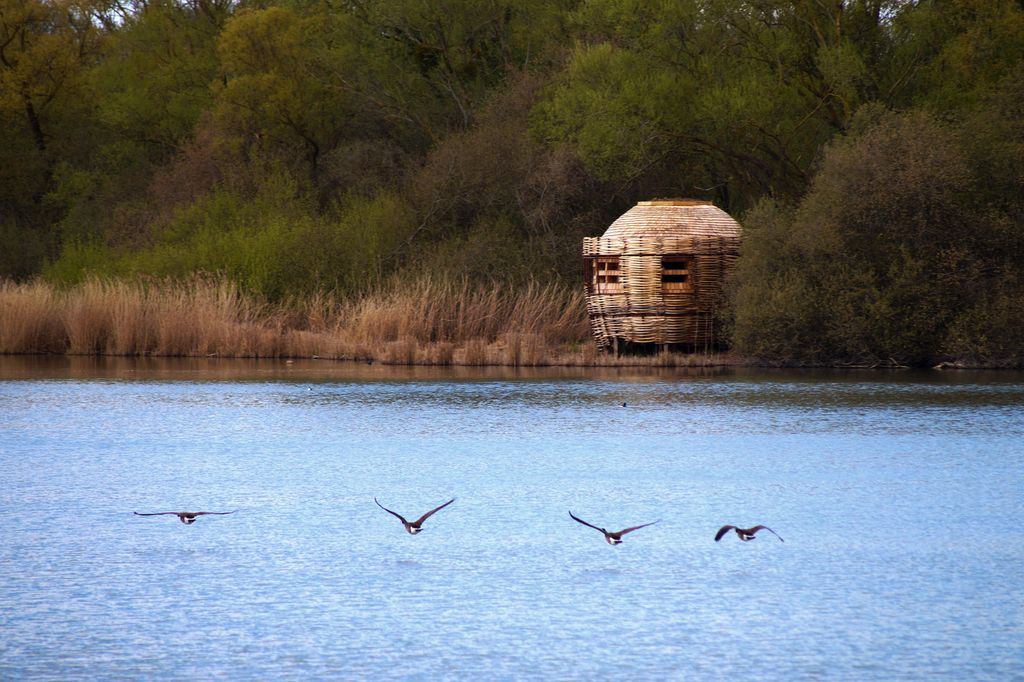
The history of the ponds and channels of the Saclay plateau
The Saclay plateau boasts a hydraulic system that is unique in the world and supplies the Versailles Palace fountains with water. Fearing a lack of water, Louis XIV appointed on 1st January 1664 Jean-Baptiste Colbert, Superintendent of the Royal Buildings, to find a solution. He entrusted this mission to Thomas Gobert, an architect and engineer who was carrying out a study on the Saclay plateau. He then proposed the creation of a hydraulic network consisting of ditches to collect water, ponds to store it and aqueducts to transport it to Versailles.
Operational from 1683 until 1950, the network was gradually abandoned. It was then considered obsolete and a hindrance to the development of roads and buildings. Today, the ADER association (Association Des Etangs et des Rigoles du plateau de Saclay) is contributing to the sustainable rehabilitation of the various structures.
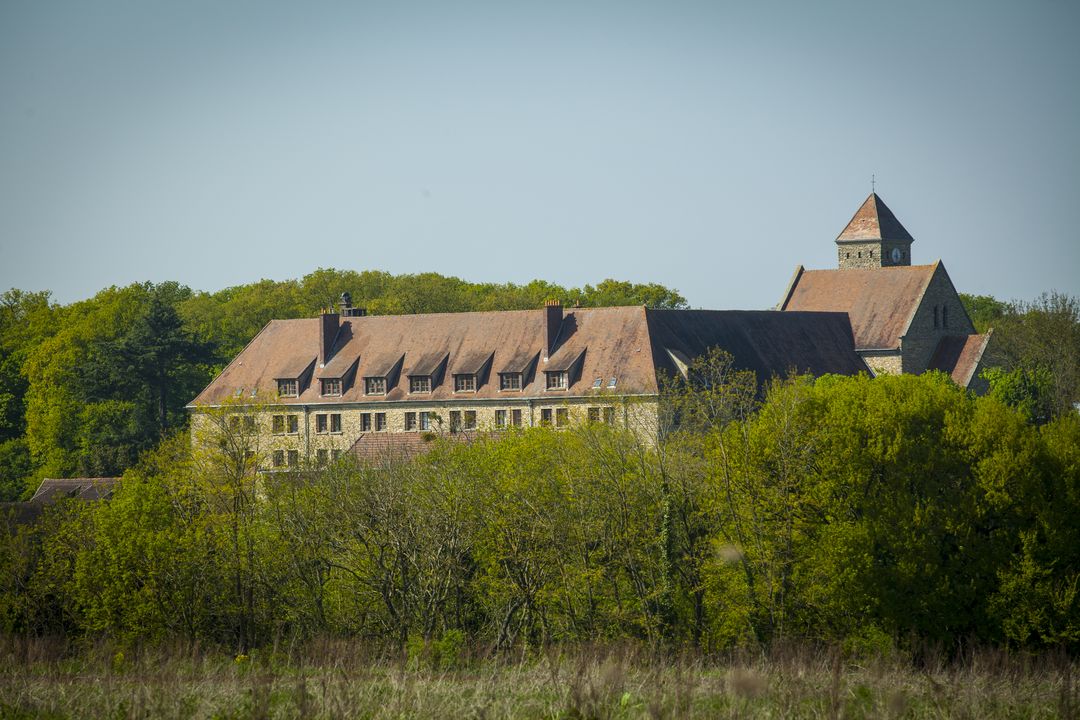
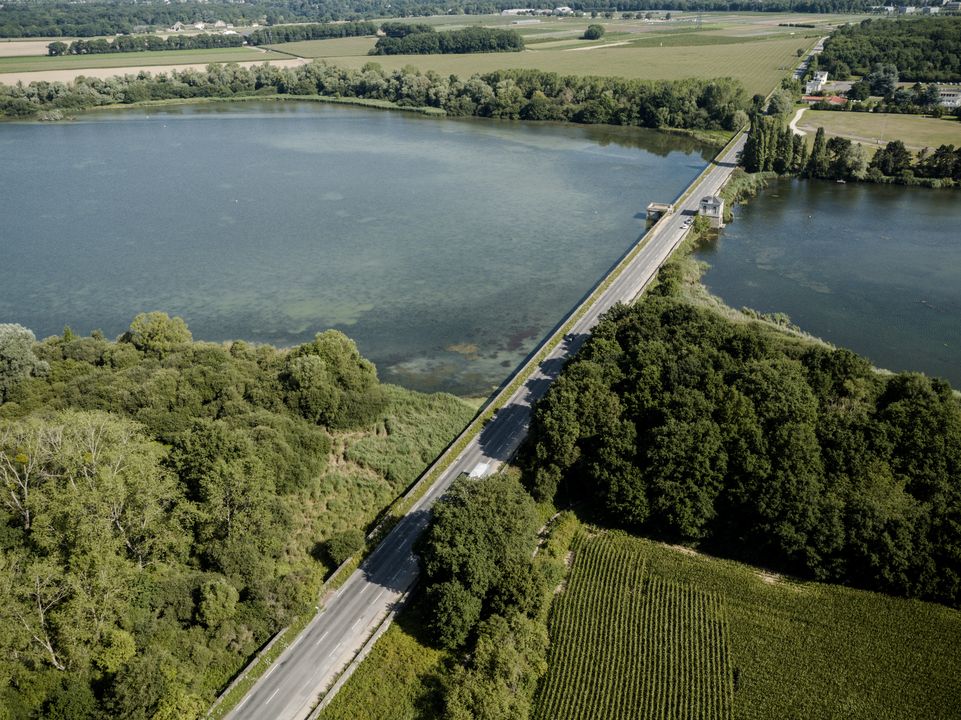
Etangs de Saclay

